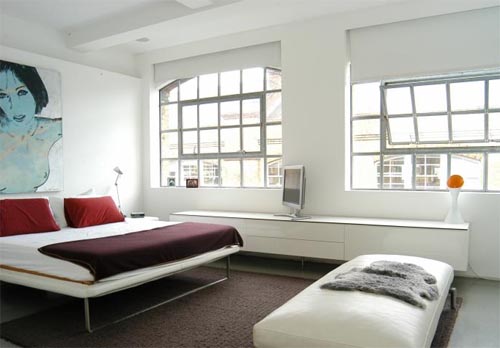 FENG SHUI WAY
FENG SHUI WAY
Feng shui, an ancient Chinese system of aesthetics that uses principles of geography and astronomy to facilitate the optimal flow of chi – or life-giving energy – inside a space, has become an essential design tool for many day spa business owners. The system revolves around the five element theory, in which representation of water, wood, fire, earth and metal are maintained in synergistic balance to stimulate the healthiest and more prosperous flow of energy, according to Judith Wendell, feng shui consultant and owner of Sacred Currents, an interior design firm based in new York City. She uses many aspects to utilize the feng shui way.
For instance,design features associated with fire – say, the color red, pointy shapes and southern-facing views – are though to harness reputation and regard. “If you have too many of these elements, your spa may be prone to receiving complaints,” Wendell says. And if you don’t have enough, you could struggle to stand out among competition.”
Feng shui also examines the ratio of yin to yang, or passive to active energy, within a space. “Some of the most prevalent sources of imbalance I find in day spas are retail and reception areas that tend to be too passive,while treatment rooms are more active than is ideal,” Wendell says. “By removing running water, for instance, a space instantly becomes more passive.”
View PDF file of Feng Shui Way in Day Spa Magazine March 2001 »
 How to Feng Shui Your Love Life
How to Feng Shui Your Love Life